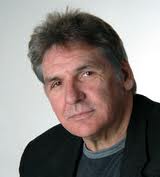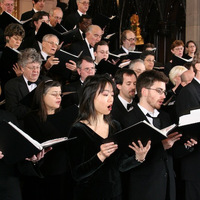
In a Daily News piece, “Long Island College Hospital merged to death”, Denis Hamill retells an ambulance driver’s account, told to Hamill at Thursday evening’s community forum, about picking up a man in cardiac arrest on Hamilton Avenue, administering first aid, taking an EKG that was forwarded to LICH electronically, and getting the patient to LICH where the doctors were able to open an artery to save him, all in an elapsed time of seven minutes. Had the ambulance had to fight traffic to get to Methodist Hospital in Park Slope or Lutheran in Sunset Park, the driver said, “My opinion, add another 12-15 minutes, he wouldn’t have made it.”
In Hamill’s words: “Make no mistake: Close LICH, and people of Red Hook, Boerum Hill, Cobble Hill, Carroll Gardens, Brooklyn Heights will die.”
Photo: denishamill.com.
Source: Brooklyn Heights Blog
http://brooklynheightsblog.com/archives/55412



